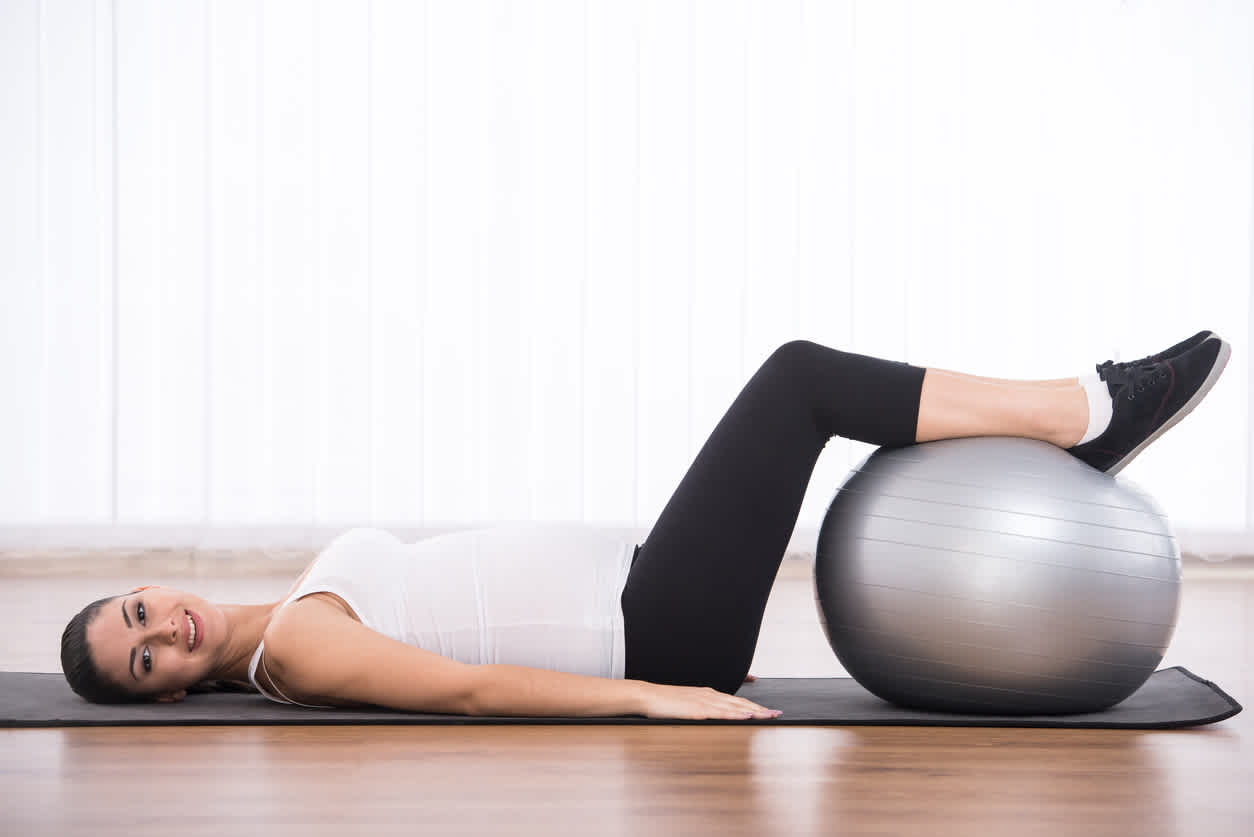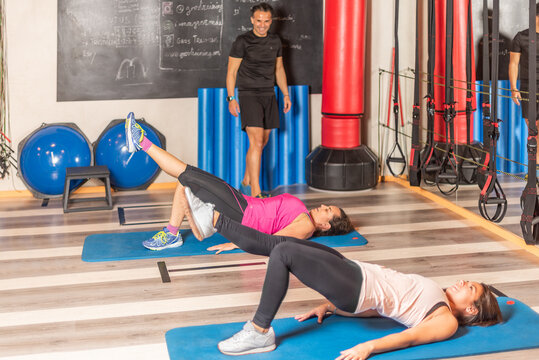How to do Kegel Exercises?
When considering beginning a new exercise routine, make sure you incorporate cardio, strength training, and stretching. Exercises for your abdomen (Abs), legs, arms, butt, and back are likely included in your full-body workout. Your Kegel muscles are a vital but less apparent collection of muscles that you almost certainly overlook.
The Kegel muscles, also referred to as the pelvic floor muscles, supply muscle fibers to the urethral sphincter, the muscle that regulates the outflow of urine from the urethra, and wrap around it in a donut-shaped pattern. These pelvic floor muscles contract to halt the flow of pee and relax to allow urination. By tightening the pelvic floor muscles, the lower urethra is sealed, forcing any leftover urine back up into the bladder.
Kegels are a set of exercises for developing the muscles in the pelvic floor. The pelvic floor muscles are tightened or squeezed during Kegel exercises.
The Benefits of a Strong Pelvic Floor
Even though you can’t see your pelvic floor muscles and they won’t help you fit into your clothes, your body still benefits greatly from having strong pelvic floor muscles. Kegel exercises can benefit men as well as women who experience overactive bladder symptoms or stress incontinence.
By raising sexual excitement and enhancing a woman’s capacity for orgasms, Kegels can also help women experience better sexual health and enjoyment.
“Everyone should engage in Kegel exercises because, like any other muscle, if it isn’t used as you age, it will begin to deteriorate. Maintaining muscle health is necessary.
How to Perform Kegel Exercises

To get started:
- Choose the appropriate muscles: Stop urinating mid-flow to locate your pelvic floor muscles. Once you’ve determined which muscles make up your pelvic floor, you can perform the exercises in any posture, but initially, you might find it easiest to do them while lying down.
- Your technique should be improved. To perform Kegels, visualize yourself sitting on a marble and contracting your pelvic muscles as if you were raising the marble. Try it for three seconds at a time, then take a three-count to relax.
- Keep your attention on the task at hand. Only tense your pelvic floor muscles if you want the best outcomes. Avoid flexing your buttocks, thighs, or abdomen muscles. Do not hold your breath. Instead, keep your breathing natural while performing the workouts.
- Three times a day, repeat: Aim for three sets of 10–15 repetitions or more each day. Avoid doing Kegel exercises routinely to start and stop your pee stream. When you perform Kegel exercises while emptying your bladder, your bladder may not be completely empty, which raises your chance of developing a urinary tract infection.
Take Note
Most people have some improvement in their pelvic floor strength and incontinence problems after four to six weeks. Be patient; it can take a few months to notice a significant change. Don’t try to accelerate the process by sharply increasing the quantity of repetitions or the frequency of workouts. Overdoing your Kegels might wear down your muscles and possibly make you pee more often.
Do not quit, even if you feel you have tried everything and it still feels wrong. 30 to 40% of people can’t really figure [pelvic floor exercises] out on their own, which is a fair amount of people. Talk to your doctor for extra guidance on how to perform Kegel exercises effectively.
There are several therapies that can be helpful, including vaginal cones, neurofeedback (a procedure involving electrodes that gives you a nudge of positive reinforcement if you’re doing them correctly), or pelvic floor physical therapy.
When to Perform Kegels
Include Kegel exercises in your everyday regimen. Anytime, whether you’re seated at your desk or lounging on the couch, you can covertly perform Kegel exercises.

When you’re Struggling to do Kegel Exercise
Don’t be ashamed to ask for assistance if you need it when performing Kegel exercises. You can get valuable advice from your doctor or other healthcare professional so that you can learn to isolate and work the right muscles.
Biofeedback or vaginal-weighted cones may be helpful in some circumstances. A vaginal cone is inserted into your vagina and held in place throughout daily activities by pelvic muscle contractions. Your doctor or another healthcare professional inserts a pressure sensor into your vagina or rectum during a biofeedback session. A monitor will measure and show your pelvic floor activity while you relax and contract your pelvic floor muscles.
When to Anticipate Outcomes
If you routinely perform Kegel exercises, you should see improvements within a few weeks to a few months, such as less frequent urine leaks. Make Kegel exercises a consistent part of your daily regimen for ongoing benefits.
FAQs: How to do Kegel Exercises
- How soon after doing Kegel exercises can I expect to notice results?
Although results might vary, many people report improvements after just a few weeks of regular practice.
- Are Kegel exercises safe to perform when pregnant?
Yes, Kegel exercises can be helpful during pregnancy, but you should always speak with your doctor for specific recommendations.
- Are Kegel exercises exclusive to females?
No, Kegel exercises are good for men and women since they target different health issues that affect each gender.
- What happens if I have trouble locating my pelvic floor muscles?
Although the article offers troubleshooting solutions, it is advised to visit a healthcare expert if problems continue.
- Can I perform Kegel exercises too much?
Moderation is essential with exercise as well. Adhering to prescribed parameters is crucial to prevent muscular fatigue or tension caused by overdoing Kegel exercises.



1 thought on “How to do Kegel Exercises For Effective Outcome”